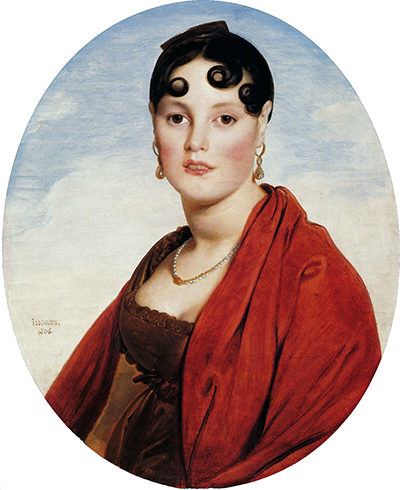The extraordinary paintings of Jean-Auguste-Dominique Ingres have provided inspiration to thousands of artists around the world and in this section we discuss, in detail, the French artist's working techniques, themes and styles. Ingres is most commonly remembered as a Neo-classical portrait painter of huge natural abilities and a large selection of his work was indeed devoted to this artistic genre.
During the period in which Ingres peaked as an artist there was a growing interest in Romanticist art and this painter saw himself as a challenger to this new movement, preferring the inspirations of more traditional art and literature. Despite this connection to the past, Ingres would eventually provide inspiration to some of the most significant modern artists of the 20th century, such as Pablo Picasso and Henri Matisse. Ingres is known as a portrait painter, first and foremost, but he himself actually considered himself to be a painter of historical scenes. Ultimately, artists have no control over their legacy, where tastes can change and focus can switch to other parts of their career. Ingres himself would see his work as comparable in style, content and quality as to that of two artistic heavyweights, namely Nicolas Poussin and Jacques-Louis David.
Ingres was most impressed by the work of Italian Renaissance painter, Raphael, and frequently attended viewings of his work whilst living in Italy. He shared his time between Florence, Rome and Naples and was able to witness many of this artist's finest artworks within these cities. He even went as far as attempting to recreate the qualities found in this respected artist, such as in his breathtaking and highly complex painting, The Apotheosis of Homer. He was someone who painted history, be it historical figures or narratives from classical literature. He was as far from Romanticism as was possible, when considering that these were the two competing forces in North European art at this stage. It is only right to compare his work more to the likes of Poussin and David, with the latter actually tutoring a young Ingres during his early development.
Ingres was a true throwback artistically, and many during his own lifetime viewed this in a negative way. Over the centuries since, however, his work has been judged differently. His supreme technical ability in both painting and drawing have helped to reputation to rise significantly and modern tastes are far more flexible and open minded than once was the case. There is now room for all manner of artistic movements and most will be analysed fairly and constructively rather than just being compared to whatever is the fashion at that time. Ingres was reported to be a particularly sensitive individual and would even move away from his native France when critical reviews of his work were not to his liking. He invariably split his time between France and Italy, both of whom left a massive impact on his development as an artist and also in the way in which he generated an income from his work.
Rather than purely spreading the merits of traditional art through his own work, Ingres would actually use his prominent positions as an art tutor and director to instill the same beliefs in his young students. He wanted French artists to learn from the beauty of Italian Renaissance art and to understand the techniques that were used in great detail. He felt like almost a protector of the artistic past and that it was his duty to ensure that they ideals were not lost in future generations. Having earned notable awards for his work he was also able to demonstrate that there was still a future in Neo-Classical art. Enough believed in his philosophy that his influence helped several failing art schools to rise from obscurity. This work provided an income alongside his portrait paintings and drawings of a mixture of donors over several decades.



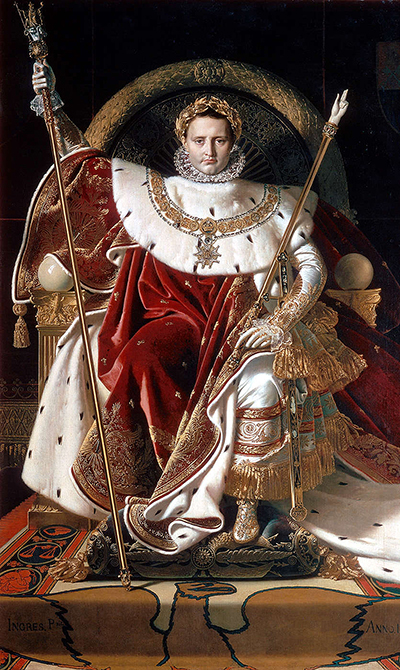
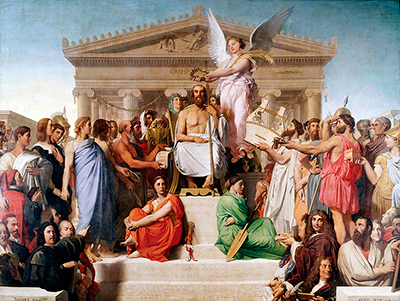
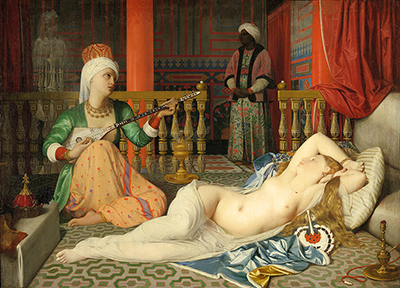
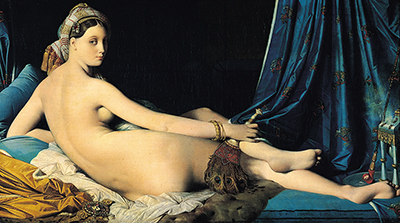
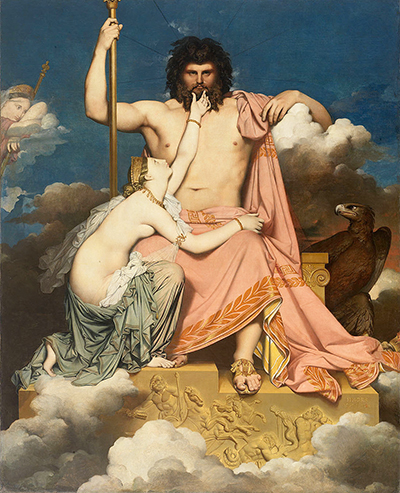
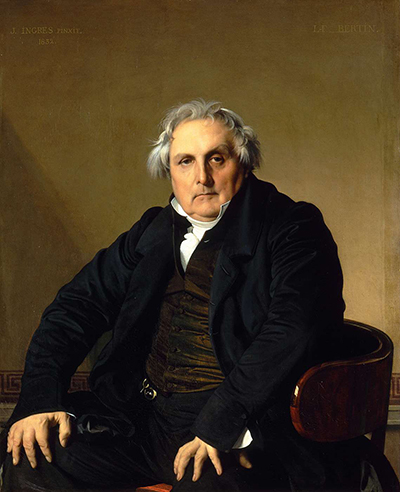
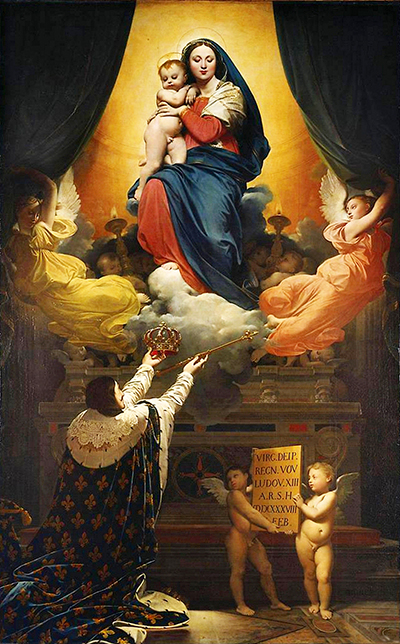
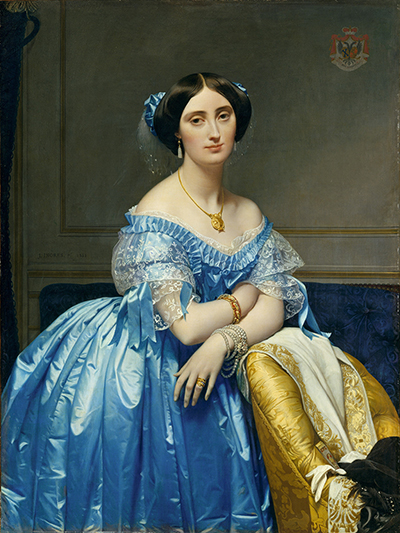
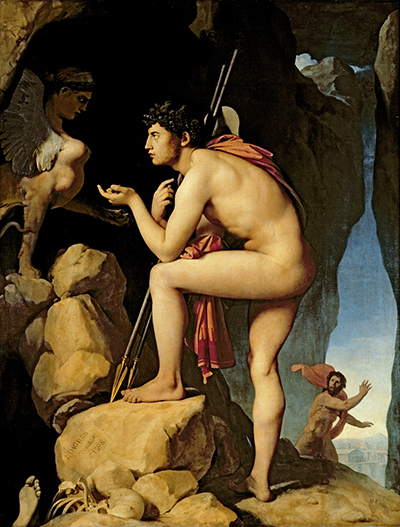
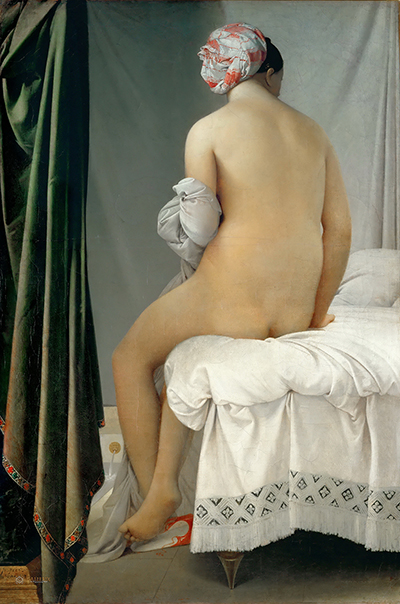
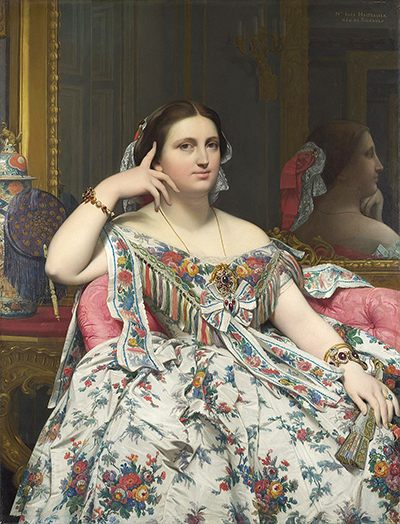
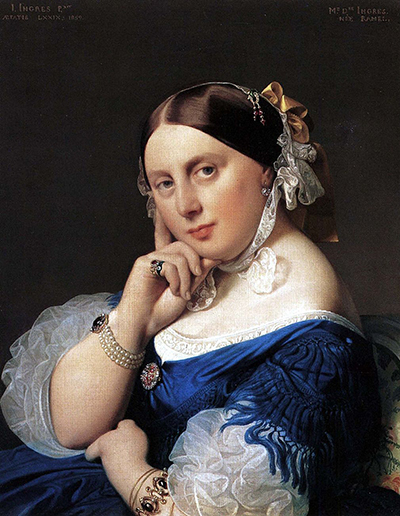
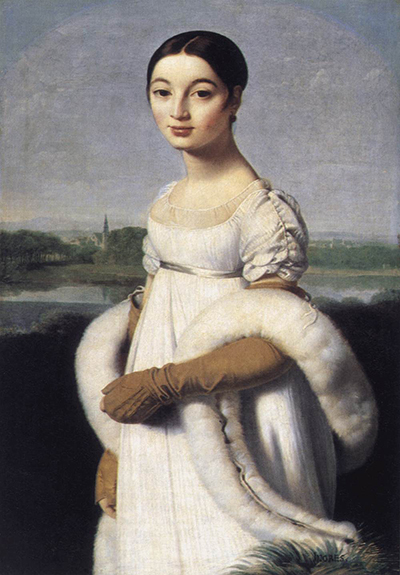
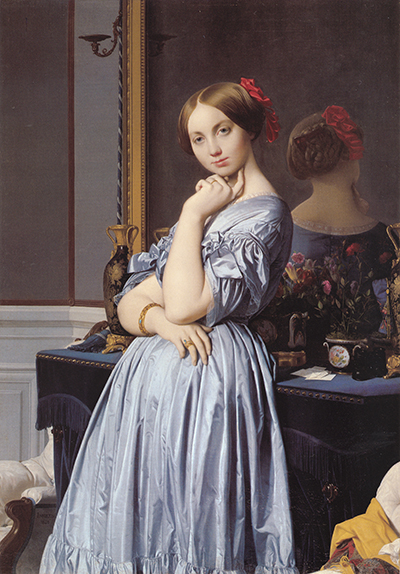
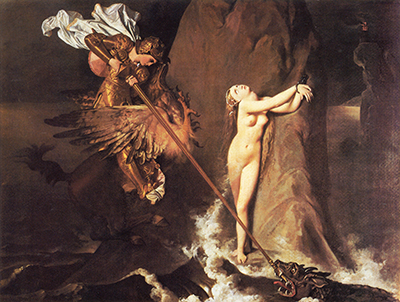
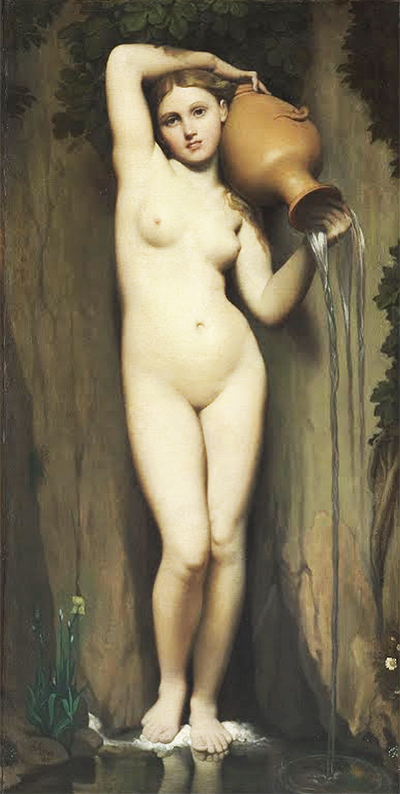
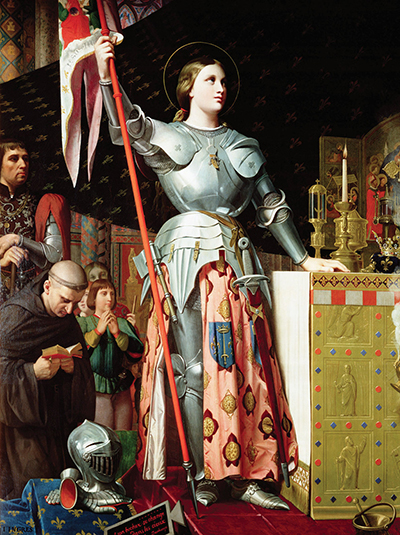
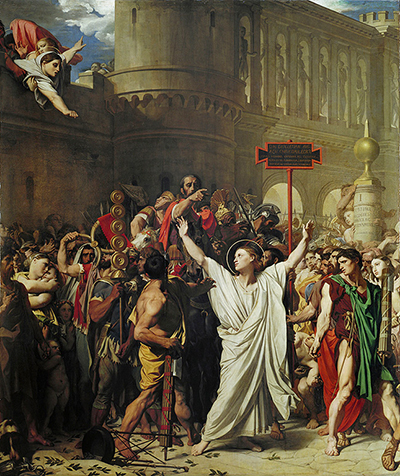
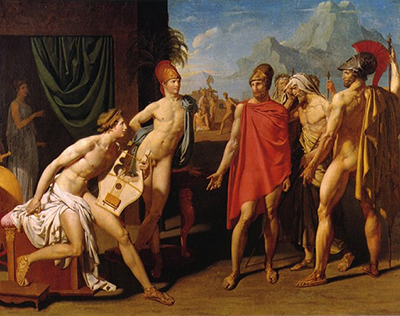
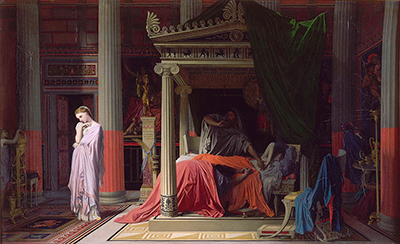
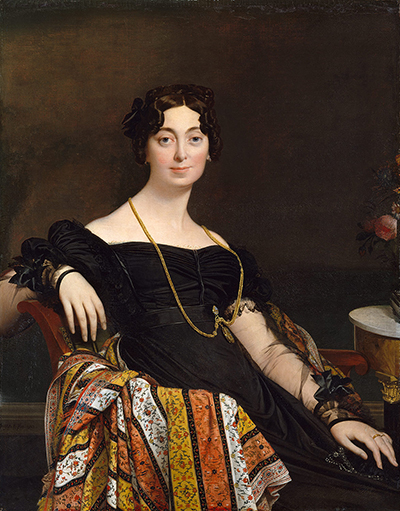
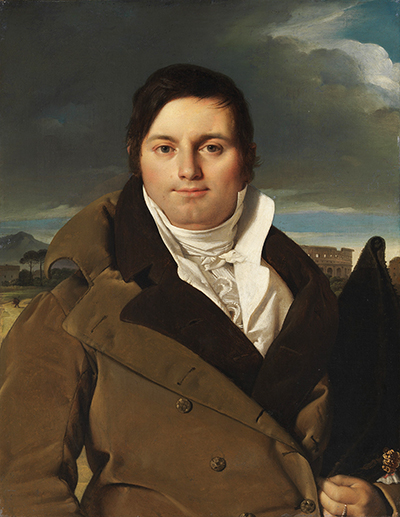
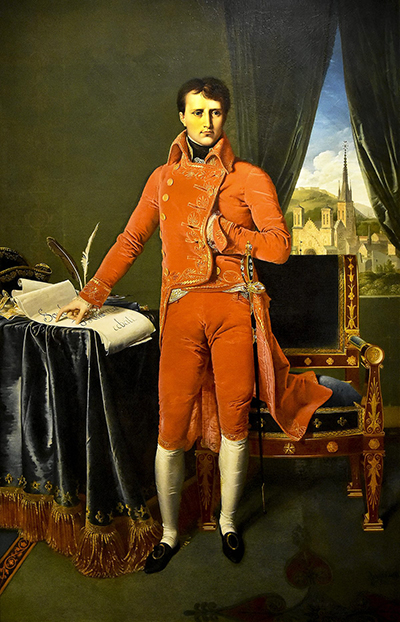
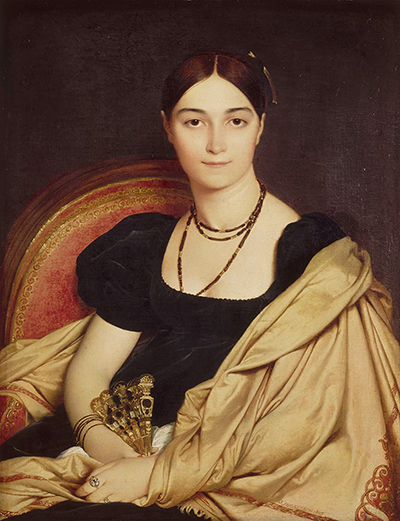
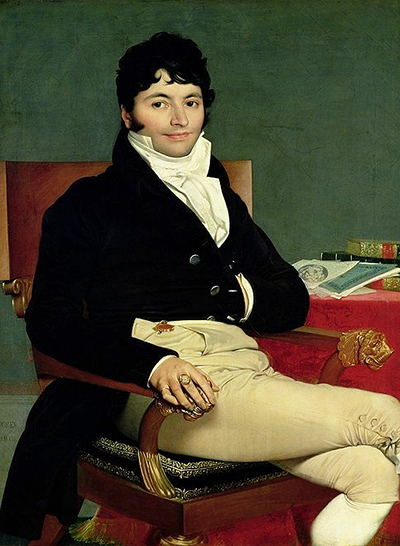
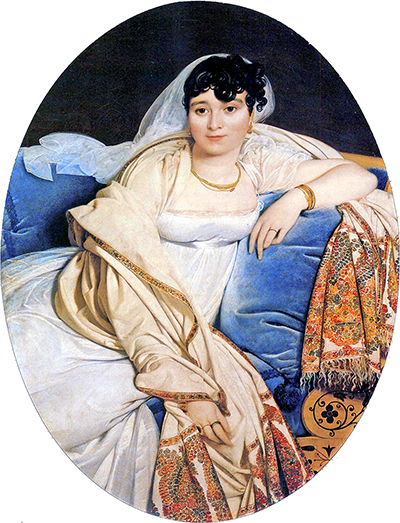
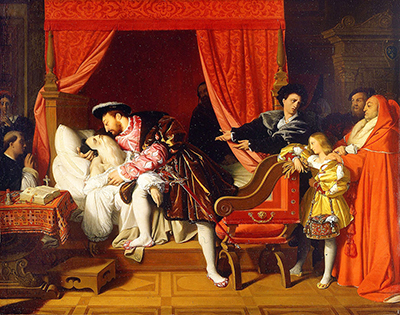






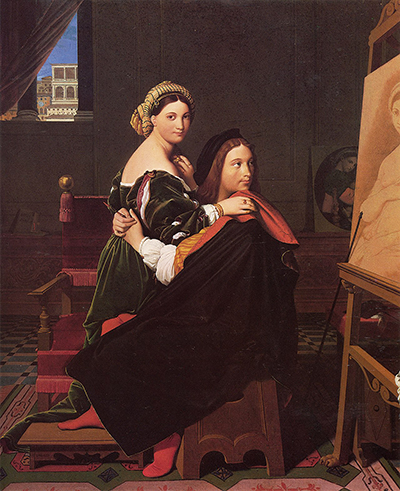
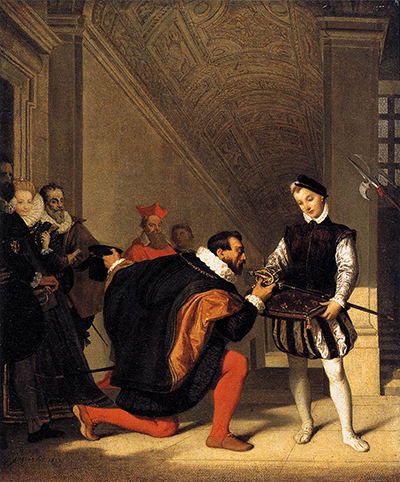
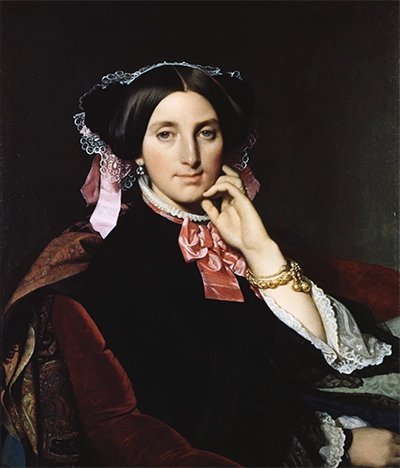









 Jean-Auguste-Dominique Ingres.jpg)


